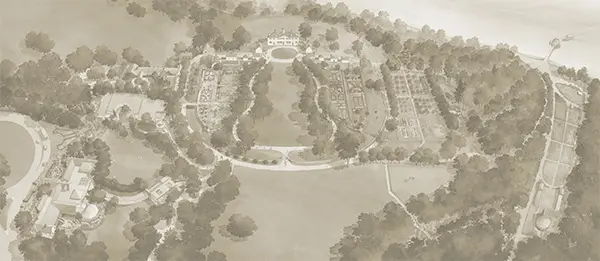A native of the eastern U.S., this spreading woodland plant has sweet blue flowers, which look wonderful at the front of the spring border. They bloom at the same time as tulips, violas, and other early spring ephemerals.
Latin Name
Phlox divaricata
Family
Polemoniaceae
Also Known As
Wild Sweet William
Type of Plant
Bloom Season
April - May
Seasons
Specifications
Uses
Sunlight Exposure
Tolerances
Attracted Wildlife
Colors
Native Range
Eastern North America
History
Lady Jean Skipwith grew woodland phlox at her Virginia plantation in 1793.
Planted at Mount Vernon


Hardiness Zones














Average annual extreme minimum temperature 1976-2005













Bartlett Tree Expert Company has been working with Mount Vernon Estate since 2011 providing expert arboricultural care and GPS mapping for the estate’s historic trees, as well as support from their research facility. Mount Vernon is proud to partner with Bartlett Tree Experts and appreciates their sponsorship of George Washington’s Mount Vernon Plant Finder App.
Bring Washington's Garden Home
Purchase our historic seeds, collected from plants grown at Mount Vernon and plant them in your own garden.
Shop Now
